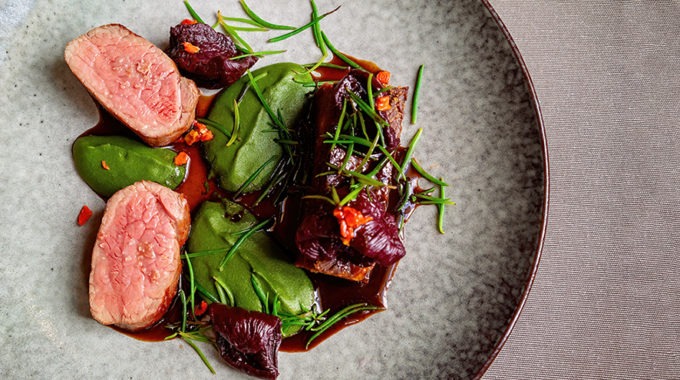Native bush foods: who really profits?
It’s NAIDOC Week (July 4-11) – an annual nationwide celebration of the history, culture and achievements of Aboriginal and Torres Strait Islander peoples. For food-lovers like you, one particularly important way you can show your support for Indigenous Australians is to ensure you only buy authentic native bush foods and food products from Indigenous-owned enterprises. Think that’s easy? Think again. Below, we’ve explored some of the surprising – at times disturbing – facts about the Australian bush foods industry.
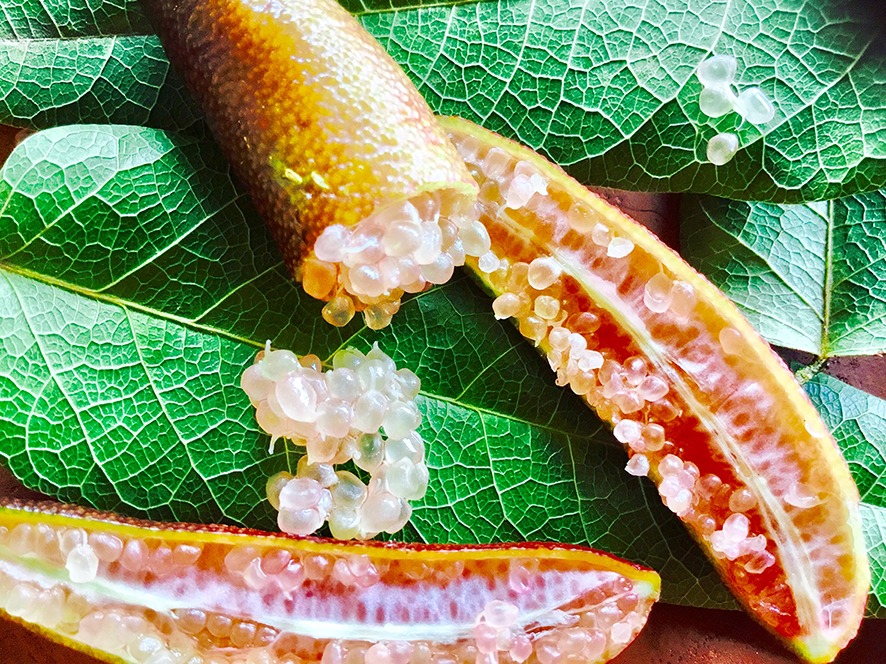
The one percent
It’s estimated there are up to 6500 native Australian bush foods. These fruits, vegetables, nuts and spices sustained Indigenous Australians for tens of thousands of years before white settlement. Today, only a handful of these foods are being commercially produced, but in recent years the market has exploded. Both here in Australia and overseas, native Australian foods are appearing on the menus of top-notch restaurants, and in premium food and beauty products. The industry is now worth AUD $20 million annually.
While this might be great for our economy, there is one very glaring problem. More than the lion’s share of native bush food profits is going to non-Indigenous businesses. According to a recent study by Bushfood Sensations, Indigenous representation in the native food supply chain – from the grower through to the exporter – is around one percent.
This lack of representation is about more than just money. For Indigenous Australians, the native foods of their region form a key part of their deep connection to country. And the knowledge that’s tied to each food from each country has been passed down for millennia.
As the dollar value of native foods becomes more apparent, this rich culture and ancient knowledge is increasingly being exploited by those who seek only to line their own pockets. But there is a growing movement within our Indigenous communities that is working to turn the tables. First Nations people are endeavouring to increase Indigenous representation in the bush food industry, and take back ownership of what was always theirs to begin with.
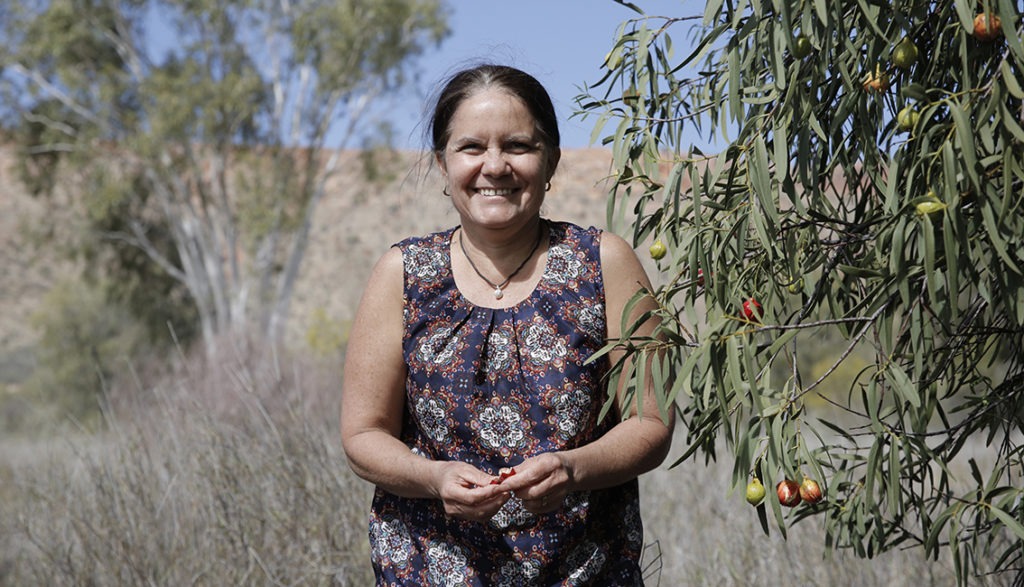
Connection to country
When Ngangiwumirr and Eastern Arrente woman Rayleen Brown first started her Alice Springs catering business Kungkas Can Cook two decades ago, bush foods were viewed by non-Indigenous Australians as a novelty; something that only curious overseas tourists would try. But as the years went by and Brown expanded into tourism and bush food products, she watched as local interest in native Australian foods began to grow.
“I always thought it would take off, because the flavours are amazing,” she says. “It’s just about people’s mindset; sometimes that takes a while to evolve, just like with every other cuisine that’s come to Australia. But this food has been here for many thousands of years.”
While the untrained eye might view it as a harsh, barren landscape, the Central Desert is surprisingly abundant in a wide variety of native foods. There’s everything from bush bananas and potatoes to capers and truffles. However, currently most industry interest centres around the bush tomato (akatyerr in Alyawarr language) and wattleseed, or arlep.
The products Brown produces contain only wild-harvested bush tucker sourced directly from the local Indigenous women who gather the food. This not only provides a source of income for the remote communities where these foods grow; it also helps ensure that the knowledge and stories of these foods continue for future generations.
“I’ve always had a passion for our bush food, especially in the desert,” she says. “It still has a beautiful connection to country. The ladies are still singing the songs and know the stories of each one of these plants. They have an intricate knowledge of all of the plants that are growing out on country, and there are connections and totems. It has a lot of depth.”
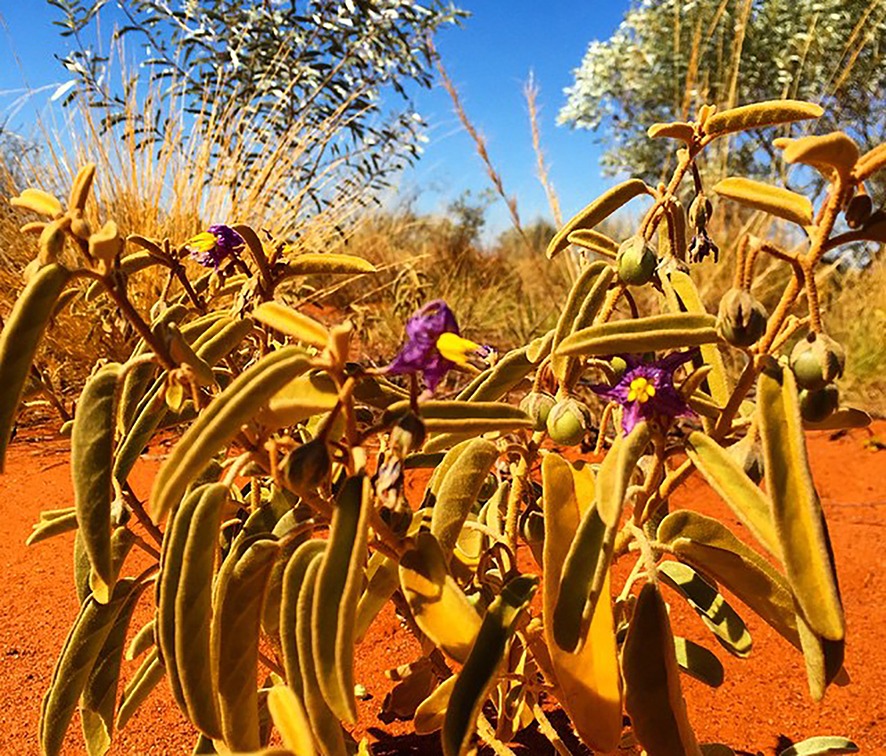
Dishing the dirt
Brown is now a high-profile bush food advocate, most recently appearing on MasterChef, where she helped facilitate an elimination challenge using native ingredients. In the past, she’s attempted to engage with the wider industry to help share her people’s stories, preserve Indigenous culture and build a foundation that would support the livelihoods of the women she works with. But her experiences often ended in disappointment.
“I’ve contributed to different research projects, thinking it would benefit our community; that people genuinely wanted to build the capability of Indigenous people in these areas,” she says. “But it always ended up being of benefit to the manufacturers.”
Brown cites an example of a group of researchers who came to her community wanting to do what they called “a research project to improve the lives and livelihoods of Indigenous people in remote communities”. It turned out they had a more sinister motive.
“They genetically modified one of the bush tomato species and took it away,” she says. “Unbeknownst to me, or the women. We had no idea what they were up to. It made me angry, and now it’s made me very wary of people that come along.”
Brown was also recently contacted by the ABC about a Melbourne-based beauty brand that was selling a “Red Centre Desert Exfoliator”. This contained what the business claimed to be red dirt from the Central Desert.
“It had Indigenous packaging, which was deceiving because it looked like an Indigenous product,” she says. “The ABC did a bit more digging, and they found out that the business was buying the dirt from a landscaping business in Ballarat. That’s the sort of stuff that’s happening.” The website selling the product has now closed down.

Tender benders
Shawn Andrews, co-founder of Indigenous-owned coffee brand DHUWA (pronounced “dee:wah” and meaning “to feel alive” in Bidjara language), says the practice of “black cladding” – when a non-Indigenous business takes advantage of Indigenous enterprises or individuals – has sometimes been aided by programs that had specifically been put in place to provide more opportunities for Indigenous Australians.
“It happens all time,” he says. “The problem that occurred when the government set up the Indigenous Procurement Policy was that businesses that were losing tenders suddenly saw a way to win tenders. Why? Because there was a specific Indigenous spend available.
“So they’d find the blackest face they could, pay them a fee and put them in as a fake business owner. Or find Indigenous people who didn’t have any business acumen and make them the face of their company. Just so they could win tenders. Yes, the Indigenous person might make some money. But the company makes millions.”
Andrews admits that in the past, he’s been taken advantage of by opportunists and had ideas stolen from him. But the proud Mununjali Palawa man, who’s also the Director of 100 percent Indigenous-owned business supplies and equipment company Supply Aus, has discovered that building successful enterprises gives him power to fight back.
“Previously, we didn’t have the power to stop people stealing our ideas,” he says. “Now we have good lawyers; we’re able to protect ourselves. But many Indigenous businesses can’t.”
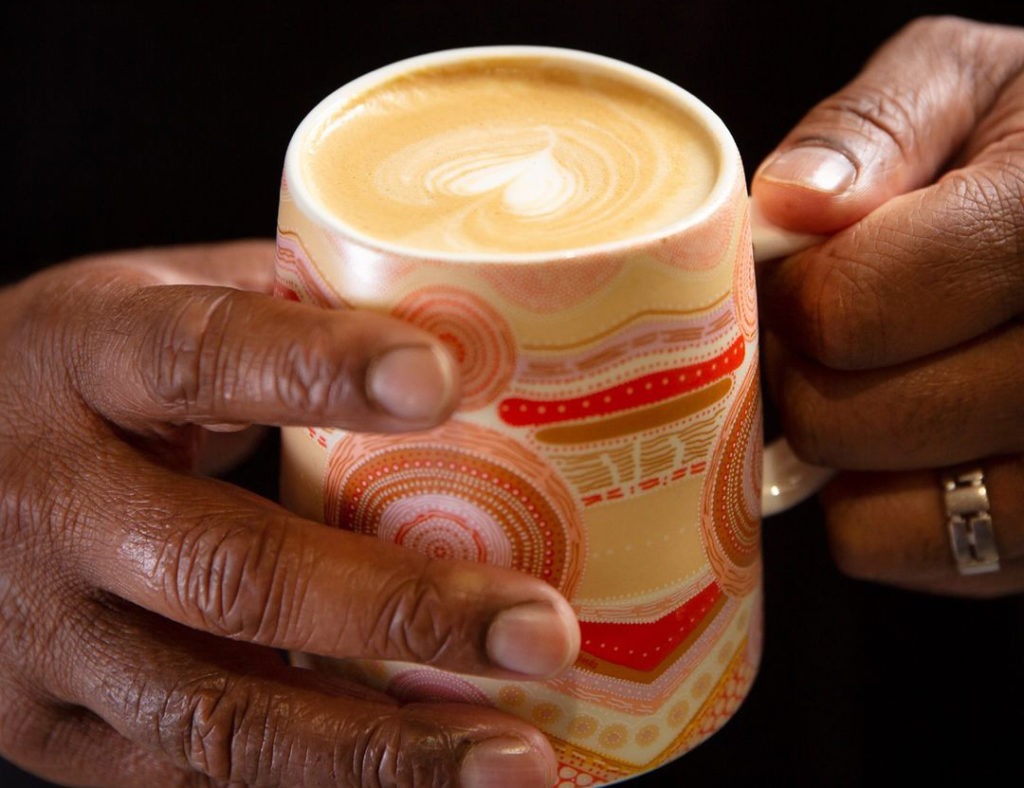
Starting the conversation
While Andrews chose to start DHUWA because he loves coffee like any good Melburnian, he also chose to start a coffee business because of what the beverage can represent.
“People talk over coffee,” he says. “This is a great way to share our language and culture and say, ‘This is where we do a lot of our healing’.”
Starting conversations between Indigenous and non-Indigenous Australians and sharing the stories of this big nation is an important first step towards the kind of change that needs to occur if First Nations people are to participate equitably in the bush food industry. But it’s still only a first step. Much more needs to be done before the balance shifts.
At the 2019 Indigenous Native Foods Symposium, it was revealed that while Indigenous Australians represent fewer than two percent of providers across the bush food supply chain, 98 percent of Aboriginal landowners aspire to become leaders in the industry.
“Indigenous people should be leading the bush food industry, and given the opportunity to participate,” Brown says. “It’s so hard for our mob; getting in there with the best of them.
“For Australians out there buying bush foods, try to support genuine Indigenous businesses. It can be hard, because some people are marketing their products using Indigenous images or names. But what I’d say is, just do a bit of research to find out if it really is an Indigenous-owned business. Because we really need do everyone’s support.”
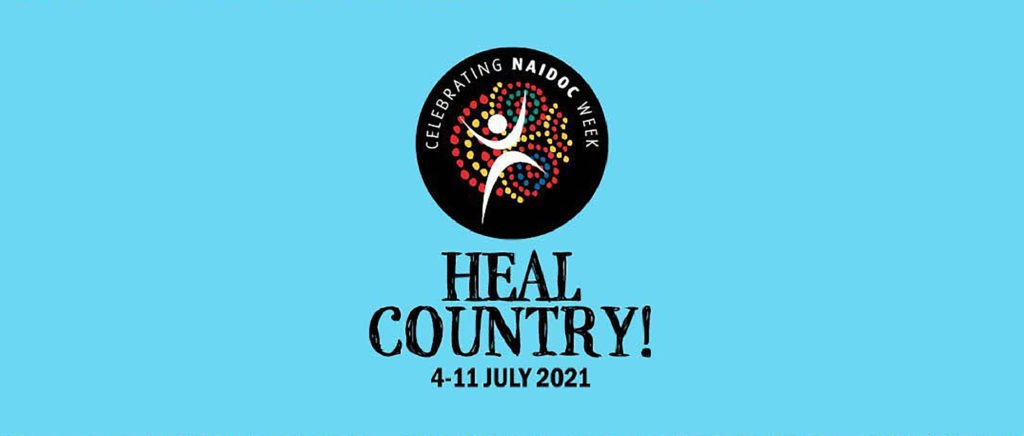
Want to ensure that the native bush foods you buy are from Indigenous-owned enterprises? A good first step is to head to Supply Nation, Australia’s largest online directory of verified Indigenous businesses. You should also check out the First Nations Bush Foods & Botanicals Alliance, of which Brown is Chair. The site has an online directory of bush food businesses, native plant nurseries, restaurants and cafes, skin care products and health and wellbeing services that are 51 percent or greater First Nations-owned. To find out more about NAIDOC Week 2021, head to naidoc.org.au


